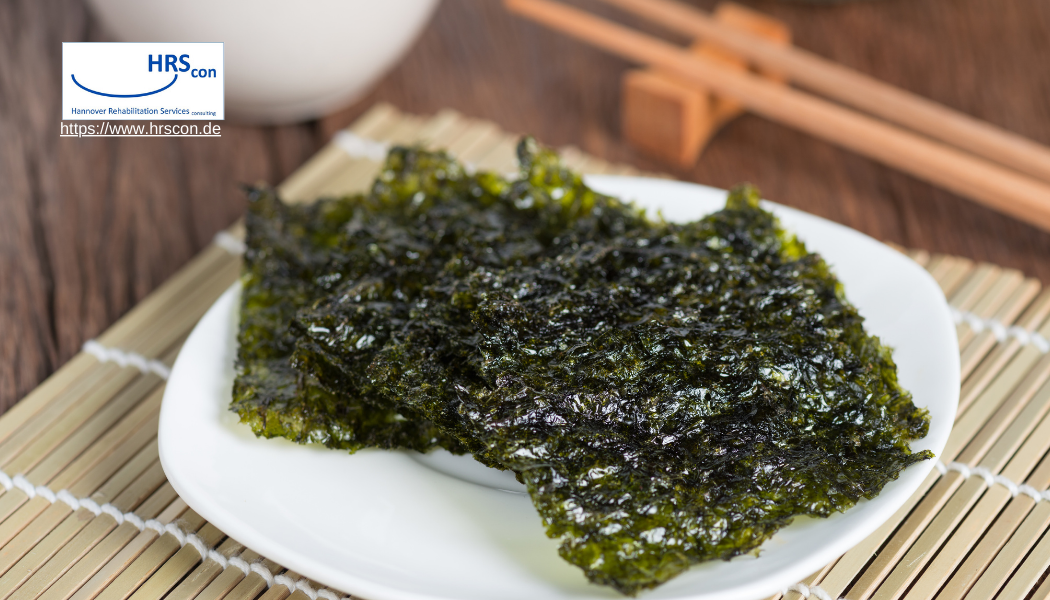Rising Cases of Parkinson’s Disease
Parkinson’s disease, the second most common neurodegenerative disorder after Alzheimer’s, affects nearly 7 million people worldwide, with projections estimating an increase to 14.2 million cases by 2040 due to aging populations. Characterized by the degeneration of dopamine-producing neurons, particularly in the brain’s substantia nigra region, PD leads to motor dysfunctions like tremors, rigidity, and slow movement, alongside non-motor symptoms such as depression and cognitive impairment.
No Cure Yet: Searching for Preventive Strategies
Despite significant advances in medical treatments aimed at alleviating symptoms, no cure exists for Parkinson’s disease, and current treatments only delay its progression. This has spurred the scientific community to explore new preventive strategies and therapies. Among the most promising areas of study are neuroprotective compounds that could prevent the oxidative stress believed to cause the neuronal degeneration seen in Parkinson’s.
The Role of Ecklonia cava Polyphenols
The new study from Japan focuses on the neuroprotective capabilities of Ecklonia cava polyphenols (ECP). These compounds, derived from an edible brown alga, are rich in phlorotannins, a unique polyphenol found only in certain seaweeds. Phlorotannins have long been known for their powerful antioxidant properties. In recent years, researchers have explored their potential as therapeutic agents for a range of diseases, including cancer, cardiovascular disorders, and neurodegenerative conditions.
Examining ECP in Parkinson’s Disease Models
The researchers, led by Dr. Akiko Kojima-Yuasa, aimed to investigate whether ECP could prevent neuronal death in both cell cultures and animal models of Parkinson’s disease. To do this, they first focused on an in vitro study using SH-SY5Y cells—a commonly used neuroblastoma cell line—damaged by the neurotoxin rotenone, which mimics the effects of Parkinson’s disease by inducing oxidative stress and neuronal death.
Activating the Nrf2-ARE Pathway
The study found that ECP activated the Nrf2-ARE pathway in cells. This pathway is a critical defense mechanism against oxidative stress, one of the key contributors to neuronal death in Parkinson’s disease. When triggered by oxidative stress, Nrf2 translocates to the cell nucleus, where it binds to antioxidant response elements (ARE) in DNA, initiating the production of protective antioxidant proteins.
Enhancing Antioxidant Defense
The research team discovered that ECP increased the levels of Nrf2 in the nucleus and enhanced the activity of NAD(P)H quinone oxidoreductase 1 (NQO1), a protective enzyme that neutralizes oxidative stress. This suggests that ECP prevents oxidative damage by promoting the nuclear translocation of Nrf2 and increasing the expression of antioxidant enzymes. Notably, the study also highlighted that ECP’s protective effects were weakened when cells were treated with Compound C, an AMPK inhibitor, which suggests that AMPK activation plays a crucial role in the protective mechanism of ECP.
Testing in Parkinson’s Disease Model Mice
Alongside their cell studies, the researchers also tested the effects of ECP in vivo using a rotenone-induced Parkinson’s disease model in mice. Mice treated with rotenone exhibited classic signs of Parkinson’s disease, including impaired motor function and intestinal problems, both of which are common in human patients. However, the mice that were pretreated with ECP showed significant improvements in motor functions and restored intestinal health.
Motor Function Improvement
Dr. Kojima-Yuasa explained that the pole test and wire-hanging test were used to assess motor function in the PD model mice. The mice treated with ECP showed marked improvements, demonstrating quicker times in the pole test—a measure of motor agility—and longer hanging times in the wire-hanging test, which measures muscle strength.
Gastrointestinal Health Restoration
Beyond motor function, the researchers also assessed the gastrointestinal motility of the mice by measuring the distance traveled by a blue dye through the intestinal tract. Parkinson’s disease patients often suffer from gastrointestinal dysfunction, and in the mouse models, rotenone treatment significantly impaired intestinal motility. However, ECP-treated mice exhibited improved intestinal function, suggesting that the compound could offer relief from non-motor symptoms of the disease as well.
Protection of Dopamine-Producing Neurons
Furthermore, brain tissue analysis revealed that ECP-treated mice had higher levels of tyrosine hydroxylase (TH) in the substantia nigra region of the brain. TH is a marker for dopaminergic neurons, and its presence is critical for dopamine production. The increased expression of TH in ECP-treated mice suggests that the polyphenols helped protect the dopamine-producing neurons that are typically lost in Parkinson’s disease.
A Promising Step Toward Prevention
“The results are exciting and point toward the potential of Ecklonia cava polyphenols as a preventive treatment for Parkinson’s disease,” Dr. Kojima-Yuasa said. “Given the current lack of curative treatments for PD, preventive strategies like this offer a new avenue for reducing the incidence of this debilitating disease.”
However, she cautions that while these results are promising, further research is needed to fully understand the mechanisms at play and to evaluate the safety and efficacy of ECPs in humans. Future clinical trials will be essential in determining whether this natural antioxidant can become part of a viable therapeutic strategy for preventing Parkinson’s disease.
Molecular Insights into ECP’s Protective Mechanism
In addition to the benefits observed in motor function and neuroprotection, the study sheds light on how ECP modulates other molecular processes involved in the disease. One key finding was that ECP increased the expression of p62, a protein known to activate Nrf2 by interacting with Keap1, the Nrf2 repressor protein. By doing so, p62 enhances the sustained activation of Nrf2, contributing to the long-term protection of neurons from oxidative damage.
Marine Polyphenols: A New Frontier for Medicine?
The potential application of marine polyphenols like ECPs in the treatment of neurodegenerative diseases could pave the way for new, natural-based therapeutic options. In addition to their antioxidant properties, polyphenols are known for their anti-inflammatory and anti-cancer activities, suggesting a wide range of potential health benefits beyond neuroprotection.
The Road Ahead
As research into natural antioxidants progresses, studies like this highlight the importance of exploring the vast untapped potential of marine resources for medicinal purposes. With Parkinson’s disease continuing to rise globally, breakthroughs such as this offer hope for millions of individuals and their families affected by the disease.




